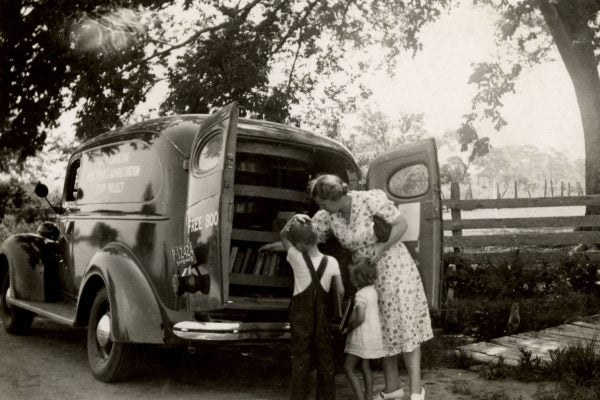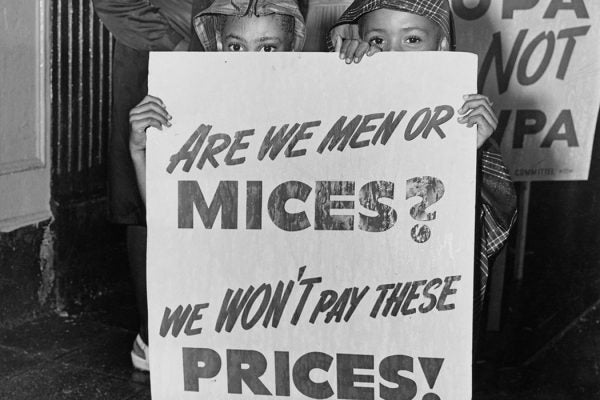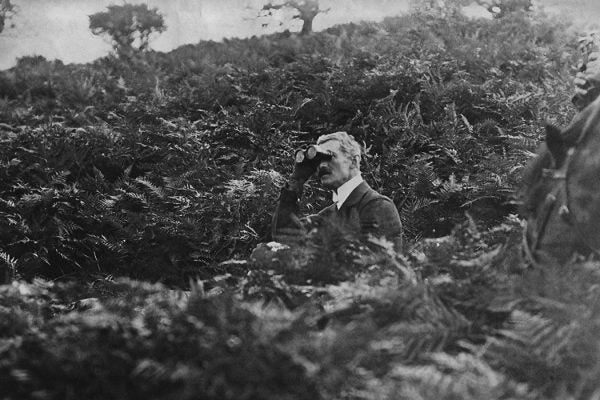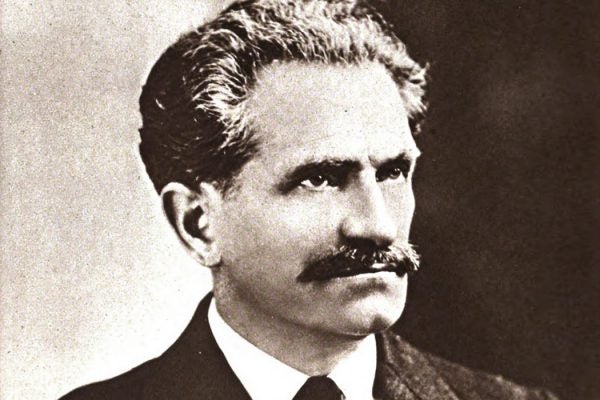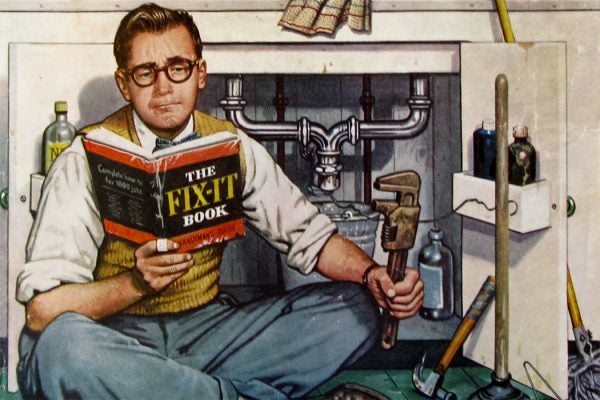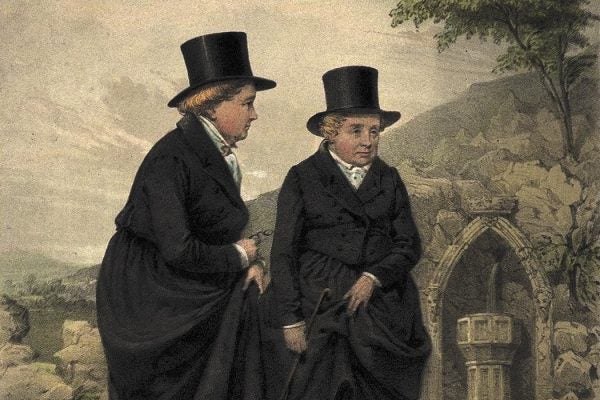How Reading Got Farm Women Through the Depression
They worked over sixty hours a week but were also insatiable readers.
Why Some Men Go to Salons for Haircuts
The difference between a clipper cut at the barber shop and "pampering" at the salon has roots in gender ideology and class structure.
Shayla Lawson: All of Us Came from the Same Root
The poet and essayist Shayla Lawson, author of This Is Major, talks about the meaning of race, Black History Month, and her love for Lizzo.
Rent Strikes Aren’t Just About Rent
A wave of rent strikes in the 1960s showed that poor residents of New York City had deep concerns about housing. The media, however, focused on big rats.
The Manly Birdwatchers of Ontario
Finding a hobby that doesn't undermine your 19th-century masculinity can be tough.
How Jewish Immigrants Changed American Psychology
Secular Jewish psychologists like Boris Sidis criticized the positive optimism of Protestant-centered psychology.
How DIY Home Repair Became a Hobby for Men
It was only in the 20th century that toolboxes became staples in the homes of middle-class men.
Who Were the Ladies of Llangollen?
Top hat connoisseurs, friends of princesses and poets, tchotchke models, dog lovers, cottage keepers...lesbians?
How Training Bras Constructed American Girlhood
In the twentieth century, advertisements for a new type of garment for preteen girls sought to define the femininity they sold.
